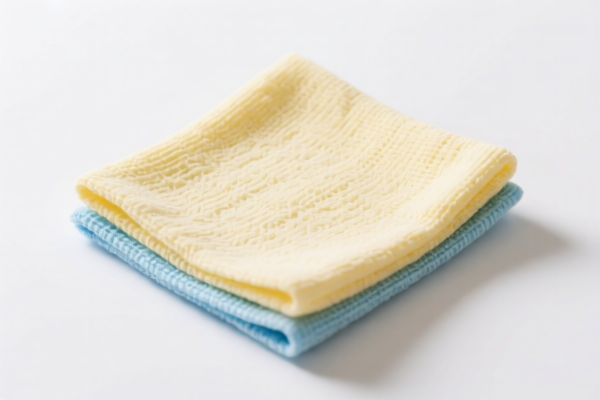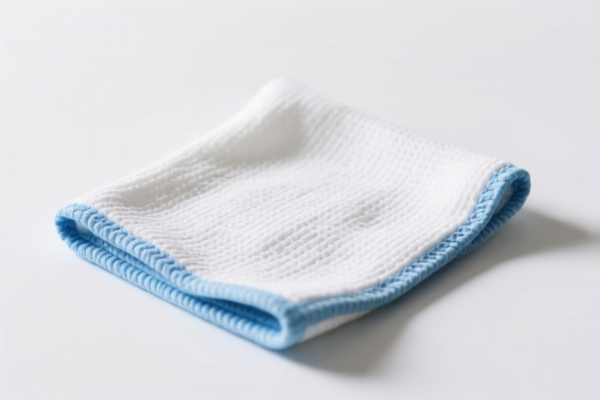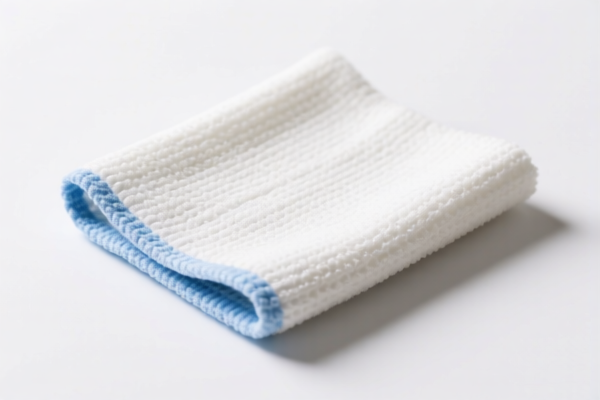| HS Code | Official Doc | Tariff Rate | Origin | Destination | Effective Date |
|---|---|---|---|---|---|
| 5911102000 | Doc | 58.8% | CN | US | 2025-05-12 |
| 5911310030 | Doc | 58.8% | CN | US | 2025-05-12 |
| 5911320030 | Doc | 58.8% | CN | US | 2025-05-12 |
| 5911310010 | Doc | 58.8% | CN | US | 2025-05-12 |
| 5803009090 | Doc | 55.0% | CN | US | 2025-05-12 |




Filter Cloth
Filter cloth is a woven fabric used to separate solids from liquids or gases. It functions by allowing fluids to pass through while retaining particulate matter. Its composition, weave, and properties are selected based on the specific application.
Material
A diverse range of materials are employed in filter cloth production, each offering distinct advantages:
- Natural Fibers:
- Cotton: Historically common, suitable for general filtration, relatively inexpensive, but lower strength and chemical resistance.
- Wool: Used for oil filtration, possesses good oil absorption.
- Silk: Offers fine filtration capabilities but is less durable and more expensive.
- Synthetic Fibers: Dominant in modern applications due to superior properties.
- Polyester: High strength, good chemical resistance, and abrasion resistance. Widely used in various applications.
- Polypropylene: Excellent chemical resistance, lightweight, and low cost. Common in water filtration and air filtration.
- Polyamide (Nylon): High strength, good abrasion resistance, and resistance to high temperatures.
- Acrylic: Good resistance to UV degradation and chemical resistance.
- Polyvinylidene Fluoride (PVDF): Exceptional chemical resistance, used in harsh chemical environments.
- Polypropylene Meltblown: Used for air filtration and liquid filtration, offering a high surface area for efficient particle capture.
- Metal Fabrics: Used for high-temperature filtration, corrosion resistance, and applications requiring structural integrity. Stainless steel is a common choice.
Purpose & Function
The primary purpose of filter cloth is separation. This is achieved through several mechanisms:
- Straining: Larger particles are physically trapped by the fabric's pores.
- Interception: Particles follow fluid streamlines but collide with fibers due to Brownian motion or inertia.
- Impaction: Larger particles, unable to follow fluid streamlines, collide with fibers.
- Diffusion: Very small particles diffuse and collide with fibers.
Filter cloth can be used for:
- Solid-Liquid Separation: Removing solids from liquids (e.g., wastewater treatment, juice clarification).
- Air Filtration: Removing dust, pollen, and other airborne particles (e.g., HVAC systems, respirators).
- Gas Filtration: Removing impurities from gases.
- Oil Filtration: Removing contaminants from lubricating oils.
Usage Scenarios
- Industrial Filtration: Wastewater treatment plants, chemical processing, pharmaceutical manufacturing, food and beverage production.
- HVAC Systems: Air filters in heating, ventilation, and air conditioning systems.
- Automotive: Oil filters, cabin air filters.
- Laboratory Filtration: Sample preparation, purification.
- Medical: Respirators, surgical drapes.
- Household: Coffee filters, vacuum cleaner bags.
Common Types
- Woven Filter Cloth: Traditional construction, offering good strength and durability. Pore size is determined by the weave density.
- Non-Woven Filter Cloth: Created by bonding fibers together, offering high surface area and good particle capture. Often used in disposable applications.
- Felt Filter Cloth: Constructed from interlocking fibers, offering good particle capture and cushioning.
- Filter Bags: Pre-formed bags made from filter cloth, used in filter presses and dust collectors.
- Filter Paper: Thin sheet of filter cloth, commonly used in laboratory applications.
- Pleated Filters: Filter cloth folded into pleats to increase surface area.
- Liquid Filter Cloth: Specifically designed for liquid filtration, often with a tighter weave.
- Dust Filter Cloth: Designed for air filtration, often with a looser weave to allow for airflow.
Based on the provided information, “filter cloth” can be classified under the following HS codes:
- 8421.99.01.40 - Centrifuges, including centrifugal dryers; filtering or purifying machinery and apparatus, for liquids or gases; parts thereof: Parts: Other Parts of machinery and apparatus for filtering or purifying water. This HS code specifically covers parts used in machinery and apparatus designed for filtering or purifying water.
- 5911.40.01.00 - Filtering or straining cloth of a kind used in oil presses or the like, including that of human hair. This HS code is for cloth specifically used in oil presses or similar applications.
- 8421.99.01.80 - Centrifuges, including centrifugal dryers; filtering or purifying machinery and apparatus, for liquids or gases; parts thereof: Parts: Other Other. This HS code covers other parts of machinery and apparatus for filtering or purifying, not specifically water.
Explanation of HS Code Structure (based on provided reference material):
The HS code is a six-digit code used to classify traded products. Here's a breakdown based on the provided data:
- Chapter (First two digits): Indicates the broad category of the product. For example, Chapter 84 (Machinery and mechanical appliances; parts thereof) covers a wide range of machinery. Chapter 59 (Textile fabrics otherwise impregnated, coated, covered or laminated; painted canvas being theatrical scenery, studio back-cloths or the like) covers various textile fabrics.
- Heading (Next two digits): Further narrows down the product category within the chapter. For example, Heading 21.00 (Filtering or straining cloth) specifies a particular type of cloth.
- Subheading (Last two digits): Provides an even more specific classification. For example, Subheading 01.40 (Parts of machinery and apparatus for filtering or purifying water) identifies parts used in water purification equipment.
Important Note:
Regarding HS code 8421.99.01.40 and 8421.99.01.80, these codes relate to parts of machinery. Ensure the declared goods are indeed parts used in filtering or purifying apparatus.
Customer Reviews
No reviews yet.